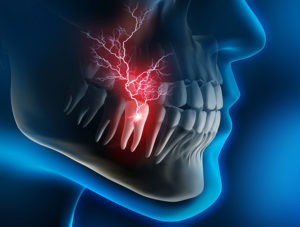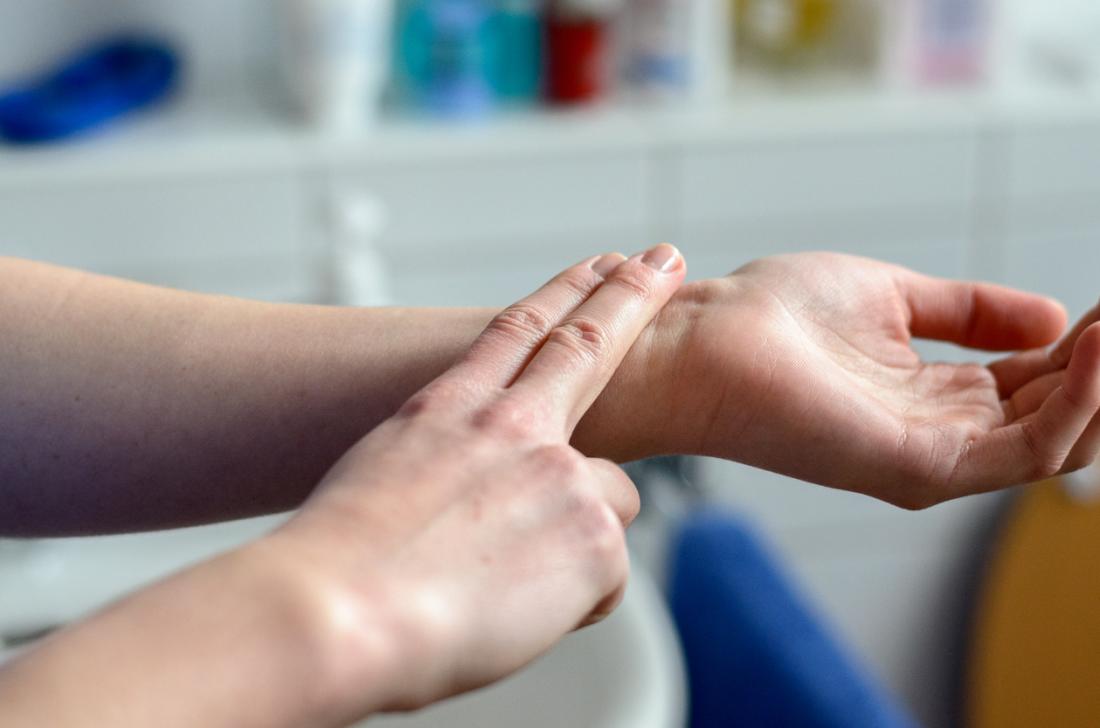The back plays a vital role in maintaining the structure of our body. It also provides support to the entire body and helps in keeping us flexible, upright, and strong. Furthermore, the lower back region or the lumbar area helps to protect several body tissues. The main components that forms the back include tissues, muscles, spine, tendons and nerves, subcutaneous and fat tissues.
:max_bytes(150000):strip_icc()/backpainfinal-01-5c3ba0bf46e0fb0001b5b300.png)
Various reasons can lead to back pain just like other parts of the body. Nevertheless, this kind of pain is a major illness symptom that badly affects an individual and harms their daily life activities. The most important harm throbbing back pain causes is the restriction of one’s movement. Other harms include inability to carry out daily life normal activities like walking, lifting heavy items, et cetera.
Throbbing back pain might be of acute or chronic nature. Acute throbbing lower back pain might occur at irregular intervals or just one time; while on the other hand, chronic back pain occurs often and pain can continue beyond three months.

See a doctor who can help. Occasionally, this pulsating sensation in the neck can be a sign of high blood pressure or another serious problem, especially if you also have palpitations, shortness or breath, dizziness, or another other concerning symptoms. However, in the absence of these symptoms, you probably don't have to worry. Throbbing heart beats in head Pressure at back of head Whats the use of beta blockers like tenolol. Can it be used as anti anxiety Strange 'crackling' sounds/sensation at the base o Painful Throbbing Pulsing Neck and Throat for the past week i have been suffeing from pressure on the top of my head, which moves to the back of my head. If palpitations are associated with an irregular heartbeat, sometimes medication or relatively minor surgical procedures can be performed to help restore a regular heart rhythm. Whatever the reason for the palpitations, it's vital that you do not ignore them.
The lower back region as discussed above plays a number of essential roles for human body. When a person stands, lumbar region supports the weight of their upper body. Lower back is also responsible for movements like bending, extending, or even rotating the waist region. Thus, this region is susceptible to various kinds of injury owing to various movements and leads to throbbing serious pain. Injury to this region can impair activities like weight bearing; the pain being detected when body is in erect posture or utilized in different movements. The lumbar region also protects the soft tissue systems like nervous system, spinal cord and the nearby organs present in abdomen and pelvis. Thus it becomes critical to take extra care of this region so as to prevent injury to this delicate organs and tissue systems.
Throbbing lower back painis also referred to as lumbar backache. Common reasons for throbbing lower back pain includes lumbar strain, lumbar radiculopathy, and nerve irritation, condition of the joints and bone, and bony encroachment.
An injury to ligaments, muscles, and/or tendons of the lower back due to stretching is called as lumbar strain. Such stretching incidents result in minute tearing of tissues, which can be of varying degree and might occur due to trauma, improper use, or overuse.
Soft-tissue injuries are categorized as acute pain if it occurs for few days to weeks. However, if the strain persists for more than months, it is categorized as chronic. Lumbar strain commonly occurs at the age of 40s, but so is not an exclusive case. The symptoms are localized discomfort in lower back region triggered by events that might have mechanically stressed the lower back tissues. Nerve irritation includes irritation of lumbar nerves due to mechanical pressure caused by bone and/or other tissues, disease.
Throbbing Back Pain
These irritations can be caused anywhere throughout the path of nerves, from their roots located at spinal cord up to skin surface. Lumbar disease that can cause throbbing lower back paininclude lumbar disc disease or radiculopathy, inflammation of lumbar nerves due to viral infection, or bony encroachment.
Sometimes, the reason may differ for right side and left side throbbing lower back pain. The major reasons that cause such pain on the right side include herniated spinal discs, spasm of muscles on right side owing to improper weight-lifting methods and bad posture. Additionally, some other reasons that can cause throbbing right sided lower back pain includes gallstone colic, right kidney disorder (or right sided renal stone colic like hydro-nephrosis that results in right sided pain), and right ureteric calculi. Right sided lower back pain also occurs in women because of gynecological problems like uterine prolapse, uterine fibroid, et cetera. Even diseases like tuberculosis of the spine, trauma on right side of lumbar region, and wearing shoes with high heel can also cause right sided throbbing lower back pain.
The reasons causing throbbing left sided lower back pain are not much different from those causing right sided pain except for gall stone colic. However, some more reasons that exclusively give rise to left-sided lower back pain includes injury to lumbar muscles, tissues, and nerves; pregnancy. Left kidney stone, left kidney infections, left ureteric stones. Obesity is a major cause of left-sided lower back pain, whereas, irritable bowel movements affecting left colonic flexure, and lumbar spondylitis also causes left sided throbbing pain.
Home Remedies
Local application of lavender or ginger essential oil is extremely helpful and provides relief from throbbing lower back pain that which occurs due muscle spasms, sciatica, and pregnancy. Warm fomentation helps in case of mild or acute discomforts.
When to seek doctor’s help
In case of severe pain or chronic lower back pain, it is advisable to immediately see a doctor and get X-rays done to identify the underlying cause of the pain and
My Lower Back Is Throbbing
Related posts:
Throbbing Lower Back Pain
My best guess is a mild autonomic dysfunction, ie, the balance between the sympathetic and parasympathetic nervous systems running over and around the heart. Based on the change in symptoms over the last three years, I am also guessing the systems are gradually balancing out (I hope).
Let us know what you find out. I also suspect an inner ear viral infection started the mess (check out my post of a few days ago).
Good luck.
-Arthur


